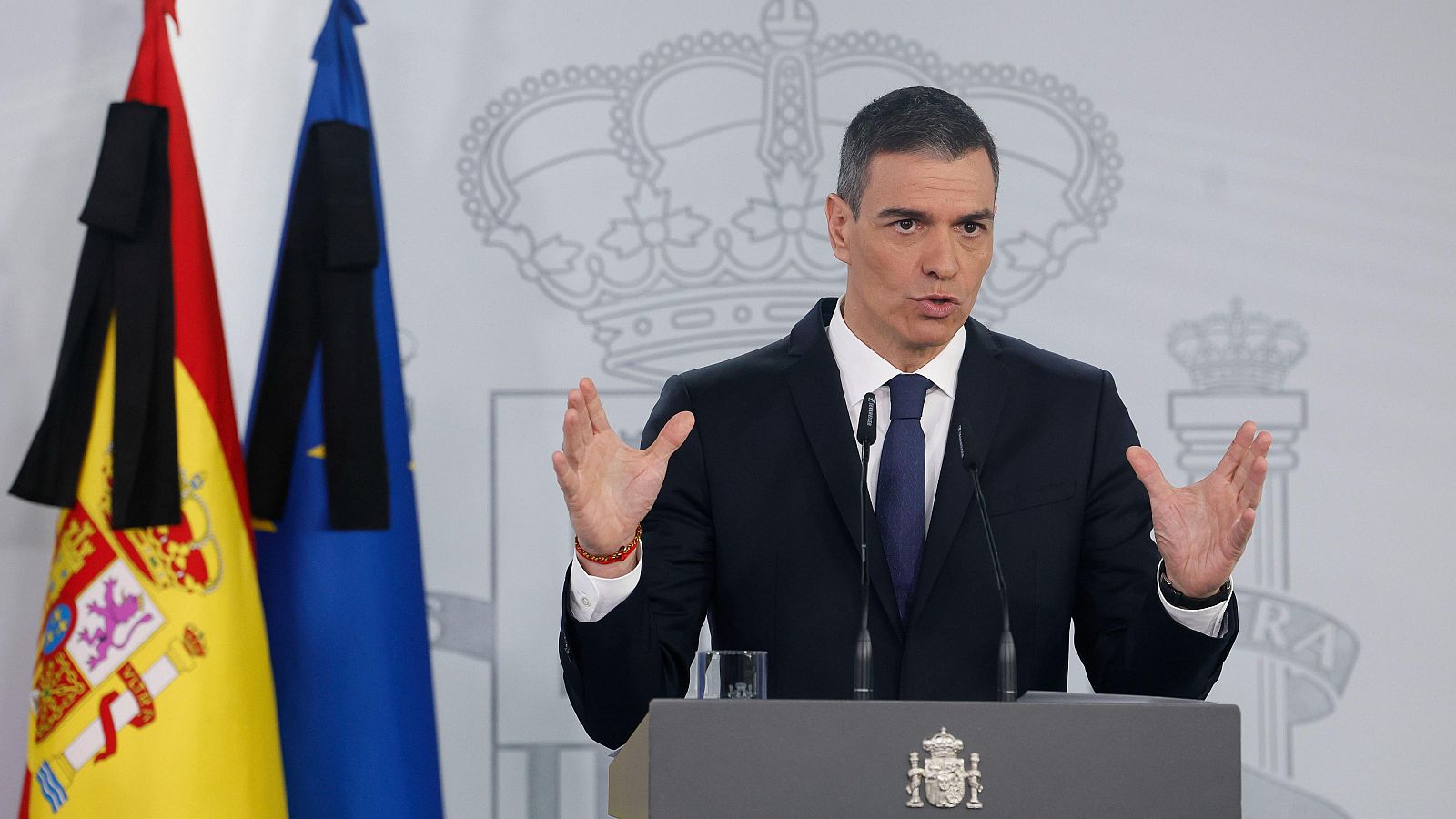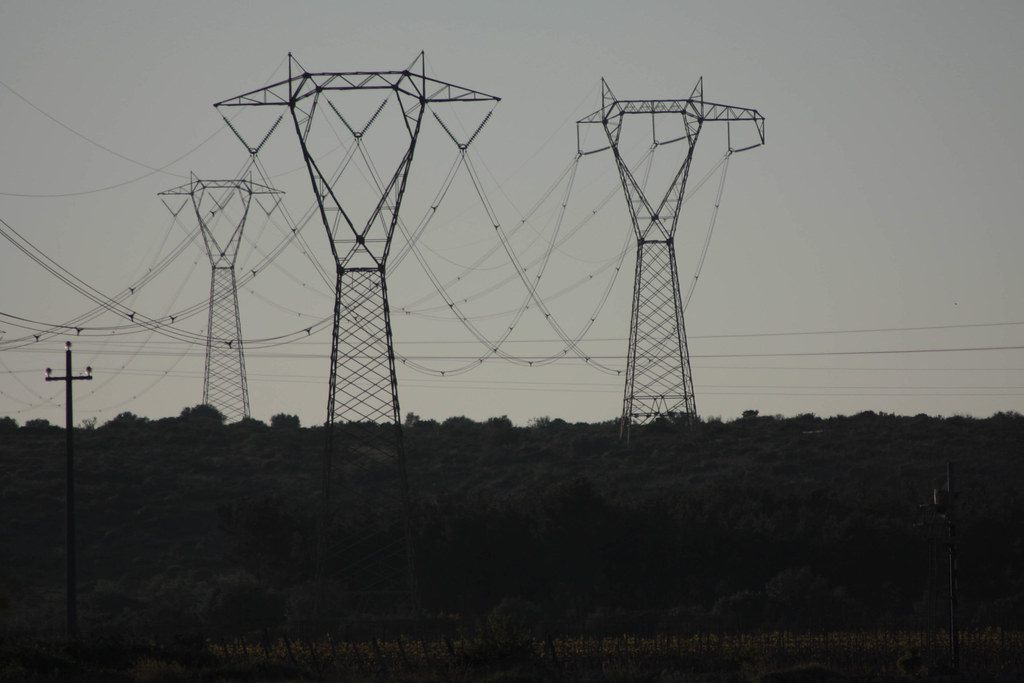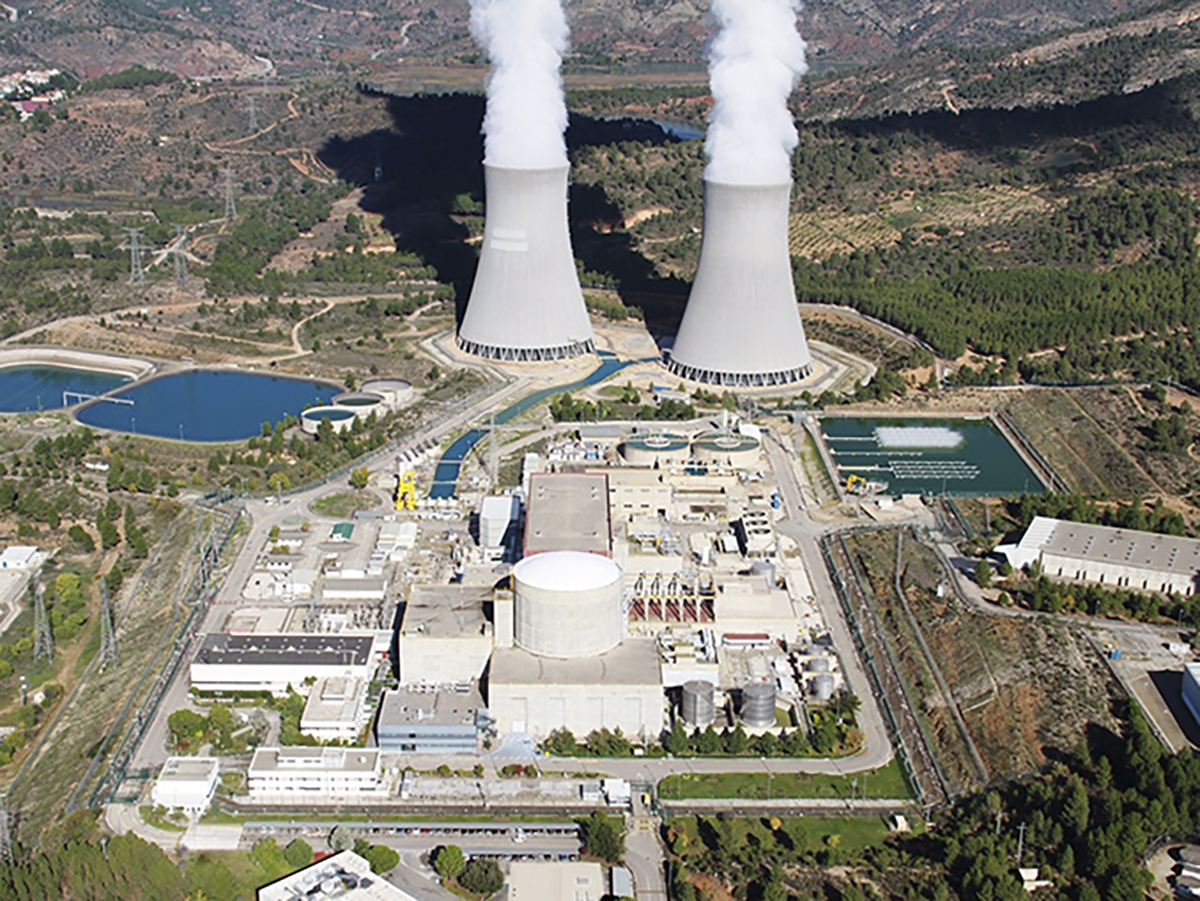"We've lost 60% of the energy in five seconds, we don't know why"
- By the time the day dawned, electricity had returned almost everywhere. It has lagged behind the Basque Country in most parts of the Spanish State, as well as in Portugal. It seems normal today in the Basque Country, but in the early hours of the morning the suburban trains are not working in Bizkaia and Gipuzkoa, and partially in Navarre.

Twenty hours have passed since the entire Spanish electricity grid fell suddenly and completely, and neither the Spanish Government nor the supplier company Red Eléctrica have clarified what has happened. The director of Red Eléctrica Española, Eduardo Prieto, attributes the blackout to the "great oscillation" of the flow of power, rejecting the fact that it was a cybersecurity event.
At 6:00 p.m., the President of the Spanish Government, Pedro Sánchez, made his first appearance, mainly to demand "tranquility". In fact, it wasn’t until almost midnight that electricity returned to Madrid, and there were a lot of citizens away from their place of residence because they moved to go to work in the morning and couldn’t return, the streets without light, and the phones had no coincidence; people were getting nervous.
At around 11 p.m. Sánchez returned to the press to give the first explanations of what had happened. Apparently, at 12:33, the Spanish electricity grid has lost 15 gigavatio in a five-second period; about 60% of the total energy demand at the time. They do not know why, and all hypotheses and avenues of investigation remain open.
By 23:00, electricity had been recovered in 50% of the land area of the peninsula of the Spanish state, but the differences were evident. For example, in Álava, Bizkaia and Gipuzkoa it was more than 95%, in Navarre it was more than 80% and in another community it was only 15%.
By Tuesday, but by 7:00 a.m., electricity has returned to 99% of the land area of the Spanish State. It’s slower in Portugal – more than half of the residents had electricity by 5 a.m. – but they hope to “fix it in the morning.”
Back to normal?
As in the afternoon of the blackout, services have been recovered as supplies return, and will continue to do so on Tuesday. Therefore, in the Southern Basque Country, all of them will work properly, among other things, unlike some parts of Spain, the schools of the Southern Basque Country will be open.
What is not working, in the early hours of the morning, is the Cercanías de Renfe service in Bilbao and San Sebastian. Yes, but partially in Navarre.
The Bilbao metro has started operating at dawn and the Euskotren service is already operating at 100%, recovering the route between Ermua and Durango, which has cost the most to return.
Energiaren Nazioarteko Agentziak (IEA) astelehenean argitaratutako txostenaren arabera, %2,2 igo da energia eskaria 2024an aurreko urtearekin alderatuta, besteak beste, egiturazko arrazoi hauengatik: beroari aurre egiteko argindar gehiago erabili beharra, industriaren kontsumoa... [+]
Eusko Jaurlaritzak eta Arabako Foru Aldundiak Datu Zentroen instalazioei ateak irekitzen dizkiete horiek arautzeko legedia sortu aurretik. Bilbao-Arasur Dantu Zentroarekin, bere lehen fasea gauzatuta, eta instalatzea amesten duen Solariaren Datu Zentroarekin, 110.000 m2... [+]
Espainiako Estatuko zentral nuklearrak itxi ez daitezen aktoreen presioak gora jarraitzen du. Otsailaren 12an Espainiako Kongresuak itxi beharreko zentral nuklearrak ez ixteko eskatu zion Espainiako Gobernuari, eta orain berdin egin dute Endesak eta Iberdrolak.
The Centre Tricontinental has described the historical resistance of the Congolese in the dossier The Congolese Fight for Their Own Wealth (the Congolese people struggle for their wealth) (July 2024, No. 77). During the colonialism, the panic among the peasants by the Force... [+]




















